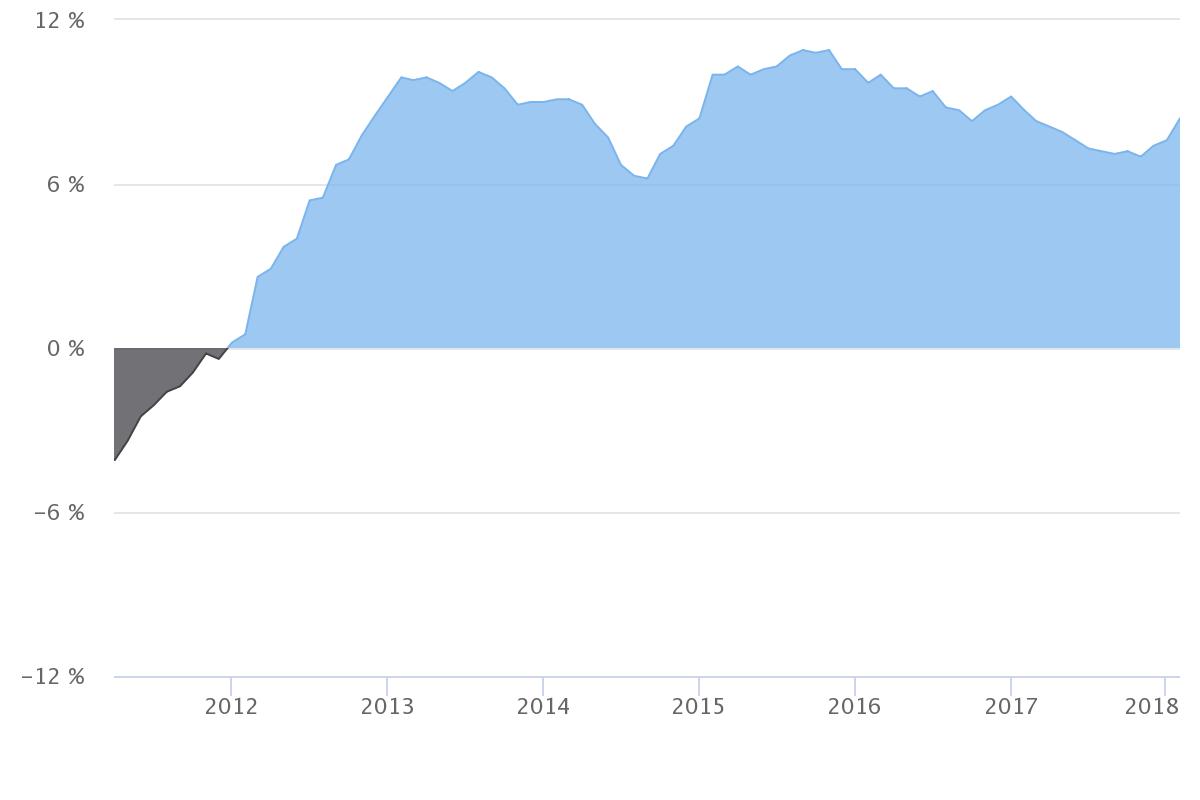
Metro Denver existing home prices rose at the fifth fastest pace in the nation, up 8.4 percent in February compared to the same month in 2017, according to the S&P CoreLogic Case-Shiller Index.
Prices have risen for five straight years because a dwindling inventory of for-sale listings and Colorado’s strong population growth. That low supply and high demand dynamic continues to push prices higher.
Charles Roberts, president of Your Castle Real Estate has “no reason to believe anything’s going to change in any foreseeable future.”
Potential sellers who want to move up are instead increasingly staying in their homes, prefering to upgrade kitchens and bathrooms rather than move, Roberts says. That further limits supply.
In March, the home supply dropped 7 percent, according to REColorado, the metro area’s listing service. Competition for a small number of listings is leading to bidding wars and some tactics that worry longtime agents.
“We are definitely concerned about long term effects of over spending,” says Justin Knoll, with Madison and Company Properties. “Waiving appraisals and inspections may get the buyer a home, but the risk only beginning for them in many cases.”
The same furor is starting to push home buyers to consider leaving the metro.
Colorado and Denver continue to attract new workers from expensive coastal markets, and builders are not building nearly enough to keep up. There are some signs, however, that is beginning to change. Census Bureau data shows approvals for 13,525 housing units in Colorado through March, up 41 percent from the year before. Permits to build single family homes is at its highest level since before the Great Recession.
It’s been difficult for home builders to ramp up production and maintain profit margins because of a lack of labor and expensive municipal fees. As prices have increased, though, builders are able to start more homes.
Don’t expect big changes in the short term however.
“We do not have enough housing because for years we underbuilt, and for years we still had population growth. And we’re just beginning the process of closing that gap, but we’re years away,” Roberts warns.









